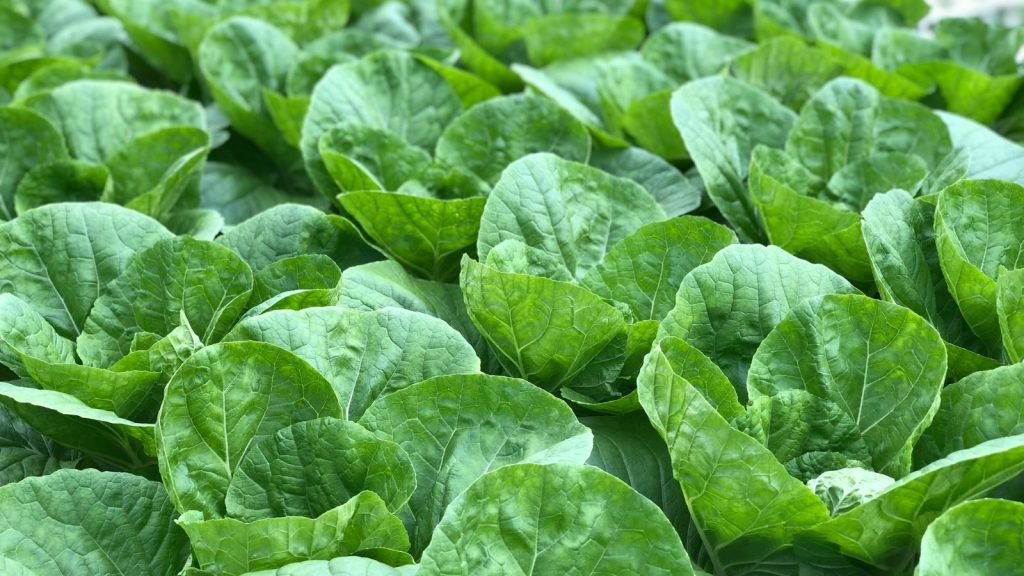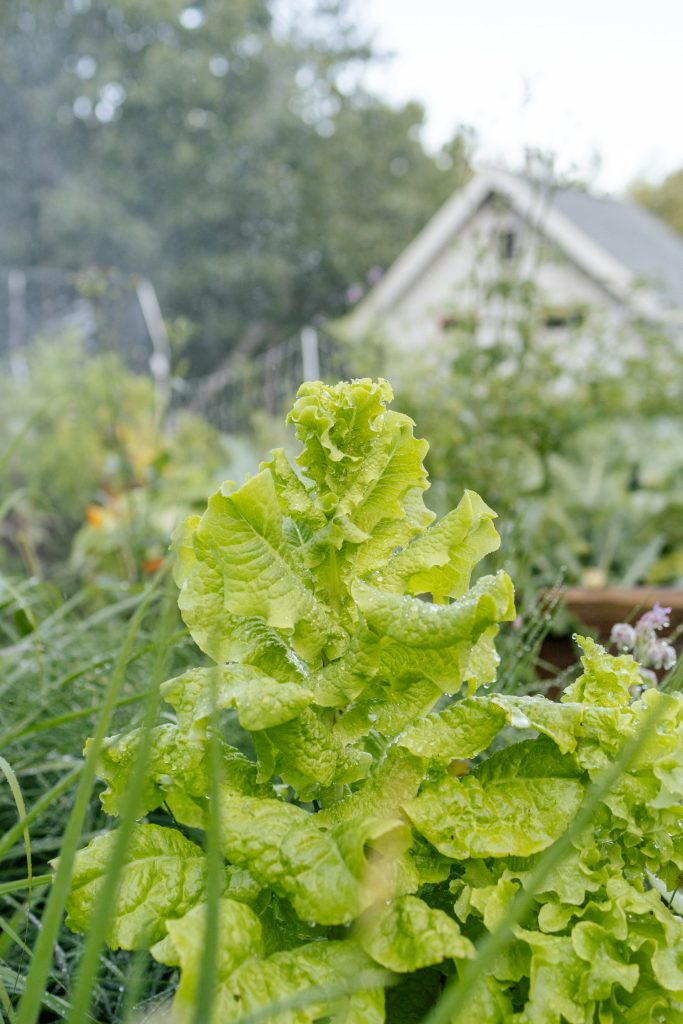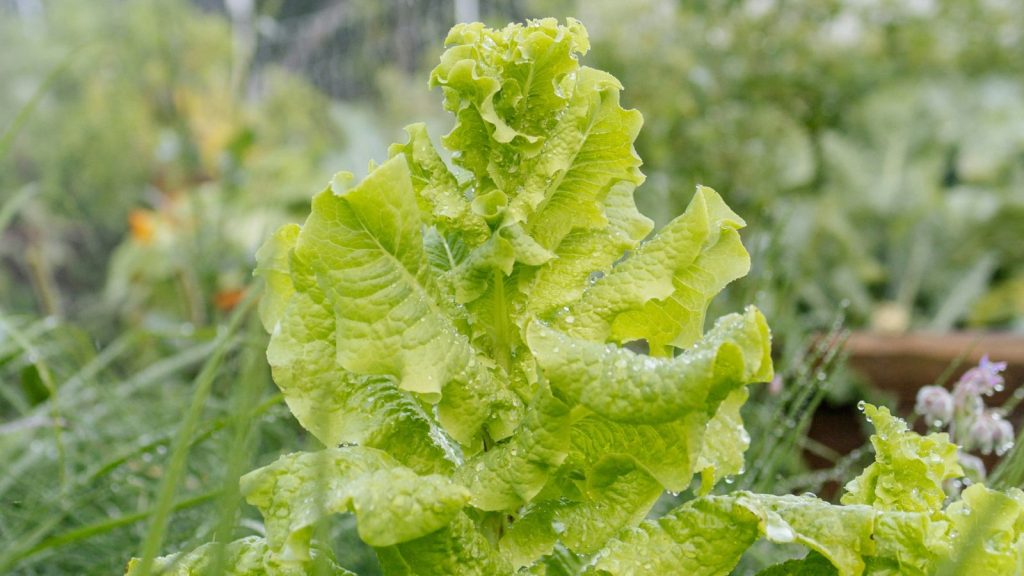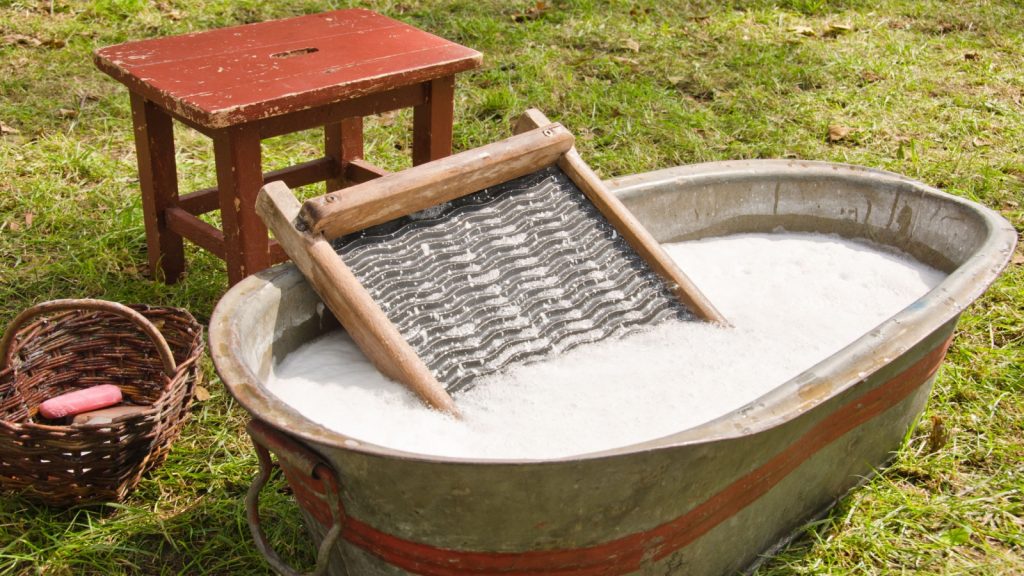Growing lettuce that stays sweet and tender instead of turning bitter and going to seed can be tricky, especially during warm weather. Most gardeners have experienced the frustration of carefully tended lettuce suddenly shooting up flowering stalks just when the leaves looked perfect for harvest. The key to bolt-resistant lettuce lies in understanding why lettuce bolts in the first place and choosing the right varieties and timing strategies.
Lettuce bolts when it experiences stress, particularly from heat, long daylight hours, or inconsistent watering. Once temperatures consistently reach above 75°F during the day or nighttime temperatures stay above 60°F, most lettuce varieties will begin their race to produce seeds. The plant switches from putting energy into tender leaf production to reproductive mode, making the leaves increasingly bitter.
Selecting Bolt-Resistant Varieties

Not all lettuce varieties handle heat equally. Some cultivars have been specifically bred for heat tolerance and slower bolting, making them ideal for summer growing or warm climates.
Heat-Tolerant Butterhead Varieties
Buttercrunch remains one of the most reliable heat-tolerant lettuces. This All-America Selections winner forms compact heads with thick, succulent leaves that stay sweet longer than most varieties. Summer Bibb is another excellent choice, developing loose butterhead formations that resist bolting even in temperatures that would send other lettuces straight to seed.
Reliable Leaf Lettuce Options
Red Sails offers beautiful reddish-bronze leaves with excellent heat tolerance. The red pigmentation actually helps protect the plant from heat stress while adding color to salads. Black Seeded Simpson has been a garden standard for over 150 years partly because of its ability to handle variable conditions without bolting quickly.
Heat-Tolerant Romaine
Jericho Romaine stands out for its exceptional bolt resistance, often lasting weeks longer than standard romaine varieties in hot weather. The heads stay crisp and sweet while other lettuces are already bitter. Parris Island Cos is another dependable heat-tolerant romaine that forms upright heads perfect for Caesar salads.
Specialized Summer Varieties
Nevada and Summertime are lettuce varieties specifically developed for hot weather growing. These varieties can handle temperatures that would immediately trigger bolting in standard lettuces, though they may have slightly different flavors and textures than cool-season types.
Timing Your Plantings
Succession planting becomes crucial when growing bolt-resistant lettuce. Rather than planting one large crop, plant small amounts every 2-3 weeks. This ensures continuous harvests and reduces the risk of losing entire crops to sudden bolting.
For spring planting, start lettuce seeds indoors 4-6 weeks before your last frost date. This allows you to transplant sturdy seedlings that can handle temperature fluctuations better than direct-seeded lettuce. Plant your first outdoor crop 2-3 weeks before the last frost, as lettuce can handle light frosts.
During summer months, focus on heat-tolerant varieties and provide afternoon shade. Fall plantings often produce the best lettuce crops, as temperatures are cooling rather than heating up. Plant fall lettuce 12-14 weeks before your first expected frost.
Creating the Right Growing Conditions
Location makes an enormous difference in preventing bolting. Choose spots that receive morning sun but afternoon shade during hot months. In cooler climates, full sun works well, but in areas where summer temperatures regularly exceed 80°F, some shade becomes essential.
Consistent moisture prevents stress that triggers bolting. Lettuce has shallow roots and can’t reach deep water sources like other crops. Install soaker hoses or drip irrigation to maintain steady soil moisture without wetting the leaves, which can encourage disease.
Mulching around lettuce plants keeps soil temperatures cooler and retains moisture. Straw, grass clippings, or shredded leaves work well. Keep mulch a few inches away from the plant stems to prevent pest problems while still gaining the cooling benefits.
Soil Preparation and Nutrition
Lettuce thrives in loose, well-draining soil rich in organic matter. Heavy clay soils that stay wet or sandy soils that dry out quickly both stress lettuce plants and encourage early bolting. Work 2-3 inches of compost into the planting area before seeding or transplanting.
Unlike heavy-feeding crops, lettuce needs moderate fertility. Too much nitrogen can actually promote rapid growth that leads to earlier bolting. A balanced approach with compost or a light application of balanced fertilizer provides adequate nutrition without pushing the plants too hard.
Soil pH should stay between 6.0 and 7.0 for optimal lettuce growth. Acidic soils can stress plants and contribute to bolting, while alkaline soils may cause nutrient deficiencies that also trigger stress responses.
Planting Techniques
Direct seeding works well in cool weather, but transplants often perform better during warmer periods. Transplants have more established root systems that can handle temperature stress better than seedlings trying to establish themselves in warm soil.
When direct seeding, plant lettuce seeds ¼ inch deep in rows 12-18 inches apart. Thin seedlings to 6-8 inches apart for head lettuce or 4-6 inches for leaf varieties. Crowded plants compete for resources and bolt more quickly.
For transplants, harden them off gradually over 7-10 days before planting. Set transplants at the same depth they were growing in their containers, being careful not to bury the growing points.
Water Management
Consistent watering prevents the stress that triggers bolting, but overwatering can cause root problems that also stress plants. Lettuce needs about 1 inch of water per week, including rainfall.
Water deeply but less frequently rather than light, frequent watering. This encourages deeper root development and makes plants more resilient to temperature fluctuations. Early morning watering allows plants to take up moisture before heat stress begins.
Avoid getting water on the leaves, especially during warm weather. Wet foliage in hot conditions can lead to fungal diseases that stress plants and contribute to bolting.
Temperature Control Strategies
Row covers provide protection during temperature swings that might trigger bolting. Lightweight fabric covers can reduce temperatures by 5-10°F while still allowing light through. Remove covers when temperatures moderate to prevent overheating.
Shade cloth becomes valuable during heat waves. A 30-50% shade cloth can extend the lettuce growing season by several weeks in hot climates. Set up temporary shade structures using PVC pipes and shade cloth, or plant lettuce where taller crops provide natural afternoon shade.
In extremely hot climates, consider growing lettuce in containers that can be moved to shadier locations during the hottest parts of the day.
Harvesting Strategies
Harvest lettuce in the early morning when plants are fully hydrated and temperatures are coolest. This gives you the crispest, sweetest leaves and reduces stress on remaining plants.
For head lettuce, harvest entire heads when they feel firm but before they show signs of elongating or forming flower stalks. For leaf lettuce, harvest outer leaves regularly, allowing the center to continue producing new growth.
Watch for early bolting signs: elongated leaves, bitter taste, central growing points beginning to stretch upward, or the appearance of flower buds. Once bolting begins, harvest immediately, as the progression happens quickly.
Managing Bolted Plants

If lettuce does bolt despite your best efforts, don’t just pull it up immediately. Young flower shoots and buds are edible and have a mild, slightly bitter flavor that works well in stir-fries or mixed into salads in small amounts.
Let a few plants go to seed completely if you want to save seeds for next year’s plantings. Lettuce is self-pollinating, so saved seeds will generally produce plants similar to the parent variety.
Remove bolted plants once you’ve harvested what you can use to prevent them from self-seeding throughout your garden, unless you want volunteer lettuce appearing randomly next season.
Growing lettuce that resists bolting requires attention to variety selection, timing, and environmental conditions, but the reward of sweet, tender leaves throughout more of the growing season makes the effort worthwhile. With the right varieties and techniques, you can extend your lettuce harvest well into warm weather and enjoy homegrown salads when store-bought options become expensive and less flavorful.
James is a former logistics coordinator and wilderness safety instructor, whose practical experience taught him the value of sensible preparedness and calm resilience. Passionate about self-reliance, James teaches everyday skills—like water purification, emergency communication, and outdoor safety—to help people confidently handle life's disruptions without fear or overwhelm. His approachable style combines real-world insights with relatable, personal stories and experiences.



